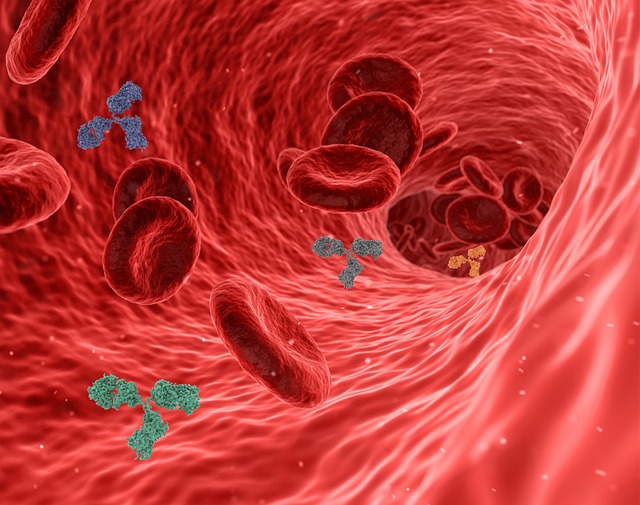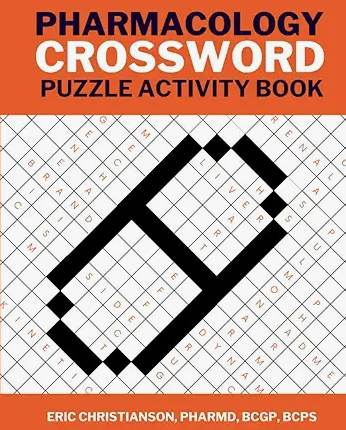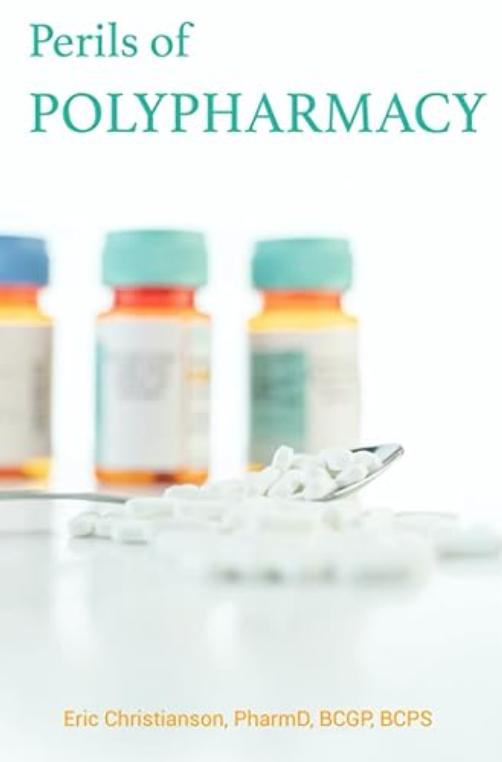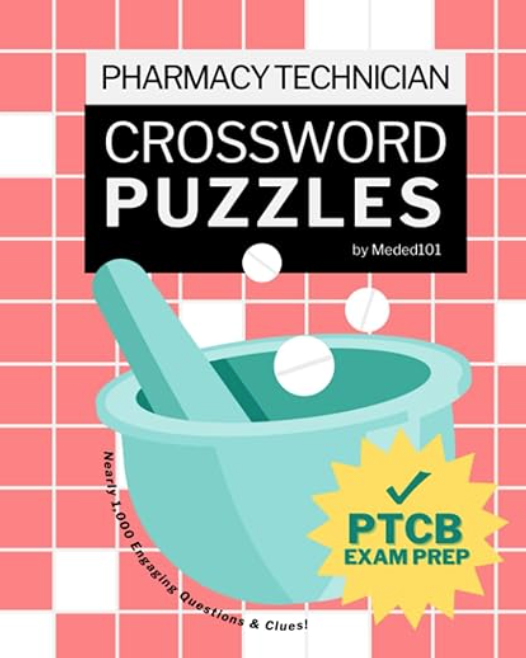I recently came across a clinical issue in my practice as a consultant pharmacist to assisted living and long-term care facilities. The item in question was how to manage the apixaban diltiazem interaction.
Apixaban Diltiazem Interaction Defined
Apixaban is significantly metabolized by CYP3A4. This liver enzyme is significantly inhibited by diltiazem. The end result is that apixaban metabolism is reduced and concentrations may go up. This can lead to an increased bleed risk associated with apixaban.
Interaction Management
Option 1: The big question is what to do about this. We can look for alternatives to diltiazem. For example, if diltiazem is being used for hypertension, we have lots of options that we can choose from. It likely isn’t being used for this indication but I have seen it. If it is being used for atrial fibrillation (the most common indication in my practice), this may get a little more difficult as options tend to be limited for rate control if beta-blockers are not appropriate. The other medication change we could make is apixaban. I’m not a huge fan of this option as there aren’t many medications that would be as effective or appropriate for anticoagulation purposes. Other anticoagulants may have the same interaction risk as well.
Option 2: Reducing the dose of apixaban is a consideration. The most commonly used dose for apixaban is 5 mg BID. Certain situations (older age, renal function, and weight) require a lower dosage of 2.5 mg BID (this is a great example of a board exam nugget!). If the patient is at higher risk for bleeding and diltiazem can’t be avoided, this is a consideration. I cover apixaban pharmacology and dosing more thoroughly in this podcast episode.
Option 3: The last and probably the most common option is to monitor the apixaban diltiazem interaction. Patient education and monitoring for signs of bleeding or bruising can help us identify if this patient’s blood may be a little “too” thin for our liking. The most common situation I encounter is that the patient has been taking the medication combination for weeks, months, or even years when I first review their medications. If there haven’t been any issues due to bleeding, I’m likely in the monitoring camp on this interaction with patient/caregiver education.
Game-Changing Events
There are situations where my evaluation of this interaction can change. If the patient begins reporting increased bruising or bleeding episodes, it’s time to reevaluate the apixaban diltiazem interaction. Another situation that may prompt a reevaluation is the addition of another drug that may interact with apixaban and increase bleed risk. Last but not least, it is definitely important to keep an eye on renal function. Significant declines in GFR may increase the risk of apixaban adverse effects.
- 30 medication mistakes PDF
- 18+ Page Drug Interaction PDF
- 10 Commandments of Polypharmacy Webinar based on my experiences in clinical practice









0 Comments